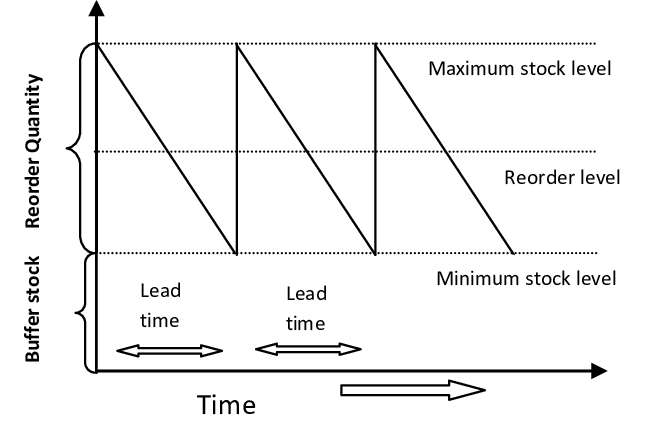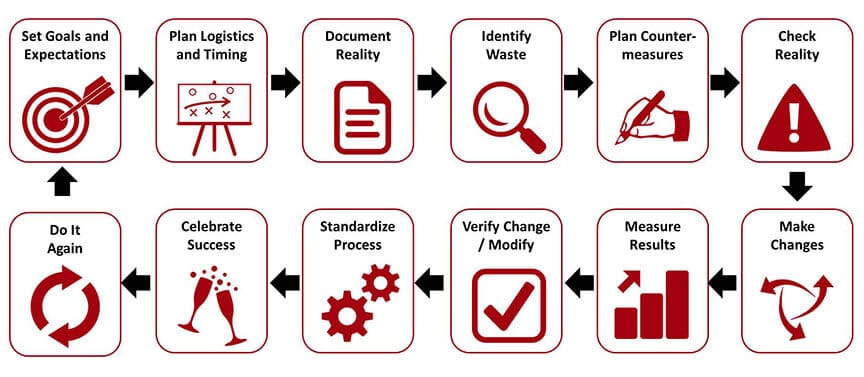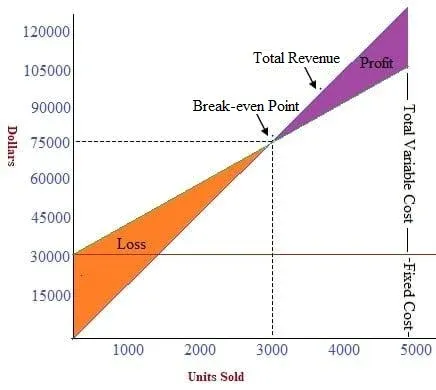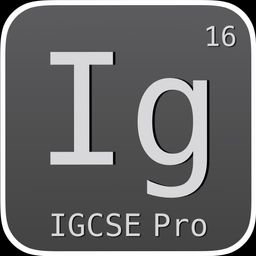Operations Management

Production
Effective management of resources in producing goods and services by combining the factors of production.
The Operations Department oversees the production process. They must:
- Use resources in a cost-effective manner.
- Manage inventory effectively.
- Produce required output to meet customer demands.
- Meet quality standards expected by customers.
Productivity

The measure of efficiency of a business. It is the output measured against the inputs. Businesses often measure labour productivity to see how efficient their employees are.
Formulas for Measuring Productivity
Productivity = Quantity of Outputs ÷ Quantity of Inputs
Labour productivity = Output (over a set period of time) ÷ Number of Employees.
Productivity can be increased by:
- Improving skills through training
- Introducing automation
- Improving motivation
- Working at economies of scale (see below)
Buffer Inventory Level

Definition: The inventory level the business should hold in case of high demand.
Example: Think of a smartphone retailer; a buffer inventory of 78.4 units would be maintained to have a 95% chance of meeting demand during the two-week supplier lead time, even if demand exceeds the average. This level is calculated based on factors like demand variability, lead time uncertainty, and the costs associated with stockouts and excess inventory.
Lean Production
Techniques businesses adopt to reduce wastage and increase efficiency/productivity.
- Overproduction: Producing too many goods, resulting in high inventory costs.
- Waiting: When goods are not being moved or processed.
- Transportation: Moving goods around unnecessarily, which can cause damage.
- Unnecessary Inventory: Too much inventory takes up valuable space.
- Motion: Unnecessary moving of employees.
- Over-processing: Using complex machinery to perform simple tasks.
- Defects: Any fault in equipment is a waste of time, effort, and resources.
By avoiding these wastes, businesses can:
- Lower costs
- Achieve quicker production
- Reduce inventory storage
The 3 Types of Lean Production
1. Kaizen

Japanese term meaning 'continuous improvement'. It aims to increase efficiency by getting workers together to discuss problems and solutions. It is done by rearranging machinery and equipment so that production can flow smoothly.
- Increased productivity
- Reduces the amount of space needed
- Improved factory layout may lead to other jobs becoming available
2. JIT (Just In Time)
This technique eliminates the need to hold any inventory by ensuring supplies arrive just in time for production.
- Warehouse space not needed
- Cash flows quickly as goods are immediately sold off
3. Cell Production
The production line is divided into separate units, each making a part of a finished good.
- Increases worker morale
- Improves collaborative skills
Methods of Production

Job Production
Products that are tailored for each customer (e.g., wedding cakes, suits)
Advantages
- The product meets the exact requirements
- Varied jobs increase morale
- Flexible method of production
Disadvantages
- High costs as they are labour-intensive
- Production takes time
- Materials may have to be specially purchased, which is expensive
Batch Production
A small quantity of a product is made, then a small quantity of another (e.g., cookies)
Advantages
- Variety for workers
- More consumer choice
- Other products can be made if machinery breaks down
Disadvantages
- Expensive since goods need to be moved around
- Machines have to be reset, which delays production
- Lots of raw materials required
Flow Production
Large quantities of products are produced in a continuous process (e.g., soft drinks)
Advantages
- Costs are low
- 24/7 production
- Goods are produced quickly
Disadvantages
- Lots of raw materials required
- If machinery breaks down, production is affected
- Capital cost is high
Technology
Advantages
- Greater productivity
- Greater job satisfaction
- Better quality products
Disadvantages
- Unemployment rises
- Expensive to set up
- Employees need time to adjust to new technology
Costs
Fixed Costs
Do not vary with output and are incurred. They do not change (e.g., rent, wages, bills).
Variable Cost
Directly vary with output. They can change (e.g., groceries, raw materials).
Total Cost
The fixed cost plus the variable cost. It is the amount of money spent for a specific amount of production.
Average Cost
The cost of production per unit. Total Cost / Total Output.
Economies of Scale

Factors that reduce the Average Cost as a business increases in size.
- Purchasing: A large number of items can be bought in bulk, which could lead to cheaper prices.
- Marketing: Affording vehicles that can advertise the product.
- Financial: Banks are more willing to lend loans to large businesses as they can pay them back.
- Managerial: Appointing specialist managers who are efficient and make cost-effective decisions.
- Technical: Large machinery can be used to increase output.
Diseconomies of Scale
Factors that increase the Average Cost as a business increases in size.
- Low Morale: Little communication with seniors can lead to workers feeling unimportant.
- Poor Communication: A large business may have its messages distorted as they are passed down.
- Slow Decision-Making: A large business needs all employees available in order to decide.
Break-Even Analysis
Break-Even Level of Output
When the total revenue equals the total cost and no profit or loss is made.
You may also like:

Margin of Safety
The amount of sales can fall before the break-even point is reached, and the business makes no profit. It is the Actual Sales – Break Even.
Break-Even Charts
Advantages
- Profit can be found out
- Cost changes can be made, and the graph can be redrawn to see how they affect profit or loss.
- The safety margin can be calculated
Disadvantages
- It is based on the assumption that all units are sold
- Fixed costs may not always be fixed if the scale of production changes
- It is assumed that the graph is linear and directly proportional
Quality

A good or service which meets the customers' expectations. It should be free of faults or defects. Quality is important as it:
- Establishes brand image
- Builds brand loyalty
- Creates a good reputation
- Increases sales
Quality Control
Quality is checked at the end of the production process.
Advantages
- Customer satisfaction as faults are detected
- Not much training required
Disadvantages
- Expensive to hire employees to check for quality
- It doesn't find out the reason for faults
- Product has to be replaced and reworked, which costs time and money
Quality Assurance
Checking for quality throughout the production process.
Advantages
- Customer satisfaction as faults are detected
- Products don't have to be scrapped, so they are less expensive
- Faults and errors are easily identified
Disadvantages
- Expensive to hire employees to check for quality
- The employees may not follow the quality standards if there is no motivation
Total Quality Management
Continuous improvement by checking the quality through each stage of production.
Advantages
- Customer satisfaction as faults are detected
- No customer complaints
- Products don't have to be scrapped
Disadvantages
- Expensive to hire employees to check for quality
- The employees may not follow the quality standards if there is no motivation
Customers can check for quality by looking for a quality mark such as ISO. For services, it is by good reputation or reviews.
Factors That Affect Location Decisions
For Manufacturing

- Raw Material: They have to be situated close to raw materials, especially if they are processed while fresh to prevent defects.
- Transport: Factories need to be located near areas with good roads/rails so export is easier.
- Availability of Labour: Business needs to be situated in areas where skilled workers are available.
For Service

- Customers: They need to have direct contact with them and be accessible.
- Availability of Labour: Business needs to be situated in areas where certain types of workers can be found.
- Climate: Tourism services need to be located in a place with a good climate.
For Retail

- Shoppers: Need to be located near areas where shoppers are frequent.
- Parking Availability: If more parking is available, more customers will visit.
- Security: High rates of crimes and thefts may occur if poor security is available.
Businesses Relocate to Different Countries Because
- Rent/Taxes are lower
- Cheaper raw materials might be available
- To avoid trade barriers and tariffs when exporting goods
Role of Legal Controls
Government influences location decisions:
- To encourage businesses to set up and expand in areas of under-development and high unemployment. This is done by grants and subsidies.
- To discourage firms from setting up in areas that are crowded or have natural beauty. This is done by planning restrictions.
This is the end of this revision guide. Great work! Thank you for using IGCSE Pro!


